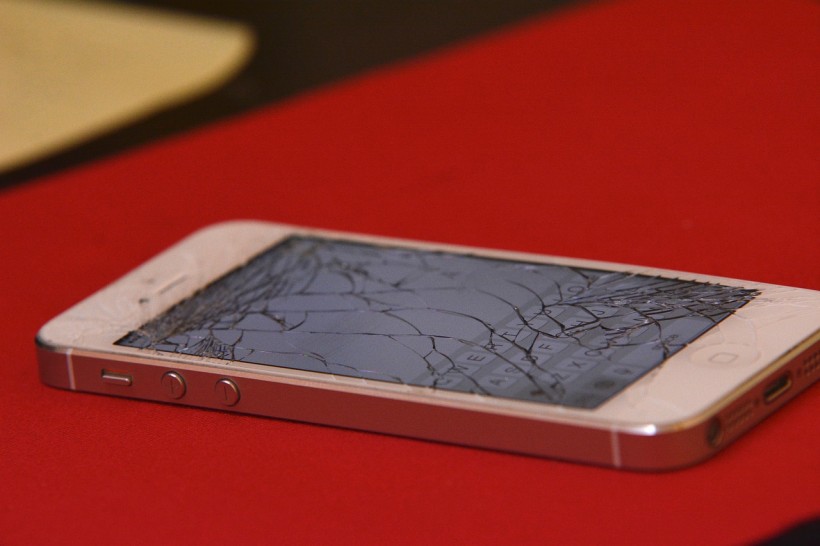Who says cracked phone screens don't have a solution? Not with this breakthrough study carried out by a team of researchers from The University of Queensland because now, technology can produce "unbreakable screens" in devices.
A Phys.org report said the international research team led by Dr. Jingwei Hou from UQ, Professor LIanzhou Wang, and Professor Vicky Chen have just unlocked the technology to develop the next-generation composite glass for lighting LEDs, as well as computer, smartphone, and television screens.
Results of the stud will allow the development of glass screens that are not just unbreakable but deliver crystal clear image quality.
According to Hou, the discovery was a major step ahead in perovskite nanocrystal technology as in the past; researchers could only develop this technology in the bone-dry atmosphere of a laboratory background.
ALSO READ: Infrastructure Technology Can Add the Sense of Touch to AR and VR Experiences

A breakthrough study carried out by a team of researchers showed how new technology could produce ‘unbreakable screens’ in devices.
Emitting Materials Made from Nanocrystals
The lead study author also said the emitting materials are made from nanocrystals called "lead-halide perovskite."
He elaborated, these materials can yield sunlight and convert it into renewable electricity, playing an important role in low-cost and high-efficiency new generation solar cells, and a lot more promising applications, including lighting, for one.
Unfortunately, Hou continued, such nanocrystals are strongly sensitive to light, air, water, and heat. More so, even water vapor in the air would kill the available devices in just a couple of minutes.
The chemical engineers, which includes material scientists, have created a process to wrap or bind the nanocrystals in a porous glass.
A 'Scalable' Technology
Such a process is key to stabilizing materials, improving their efficiency, and hindering the toxic lead ions from leaking out from the materials.
Hou described the technology as "scalable," and it opened the door for a lot of applications. Presently, QLED or quantum dot light-emitting diode screens are regarded as the top or most effective performer for image display, not to mention performance.
Commenting on the study published in Science, Hou said, "it will enable us to improve" on this nanocrystal technology by providing striking image, quality, and strength.
Also commenting on the research, Professor Chen said it was quite an exciting development. She added, not only can nanocrystals can be made more robust, but optoelectronic properties can be tuned as well, with eccentric light emission efficiency and much-wanted white light LEDs.
This discovery, added Chen, opens up a new generation of nanocrystal-glass composites for conservation and catalysis of energy.
Nanocrystal Composites
According to a ScienceDirect report, the boundary between cellulose nanocrystals or CNCs in thermoplastic matrices is one of the most essential issues that prohibit the development of CNC-based polymeric composites prepared through melt processing.
In previous work, polyethylene oxide or PEO was employed as a "compatibilizer" to enhance such an interface along with a polyethylene matrix.
Nanotech experts have discovered that composites yielded through the use of PEO compatibilizer possess more efficient overall mechanical properties and a higher crystallinity level of polyethylene than unmodified samples.
Related information about nanocrystals is shown on EssentialDynamics' YouTube video below:
RELATED ARTICLE: Cracked Cellphone Screens: Research Unveils How Self-Healing Polymers Can Help Fix Your Device Fast and Cheap
Check out more news and information on Nanotechnology in Science Times.














